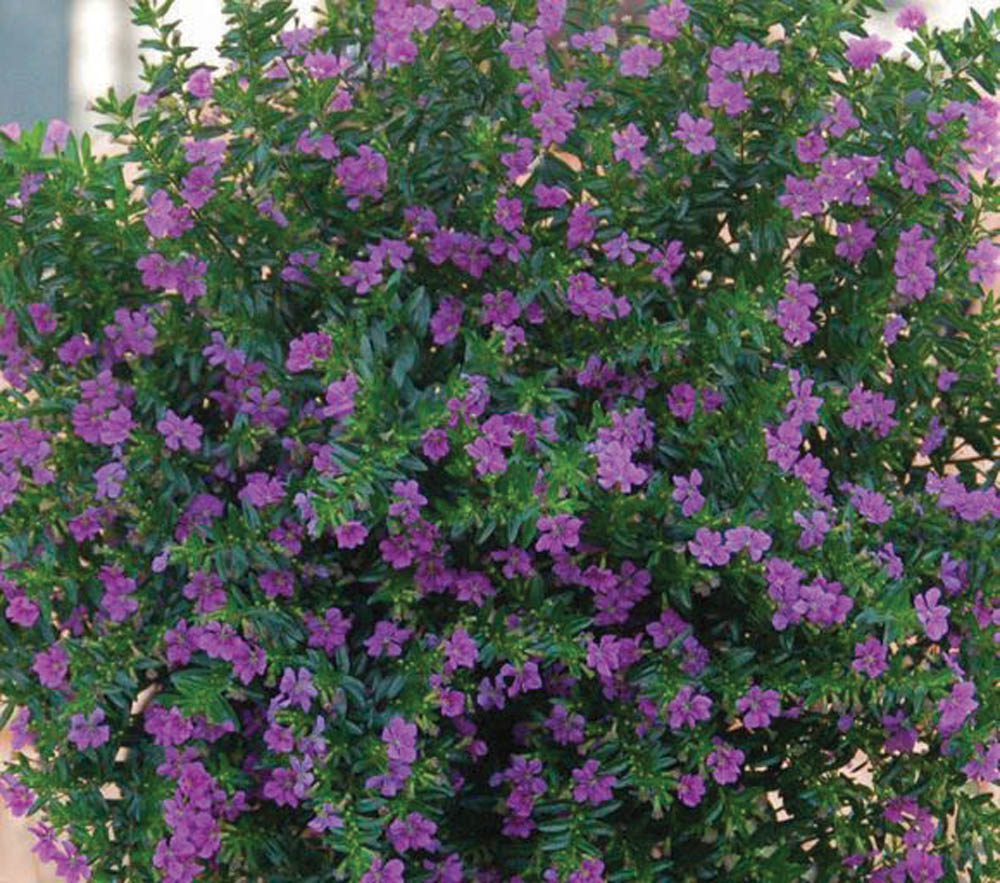You may have heard the phrase, “Use texture to create interest in the garden,” but what exactly does that mean?
Many relate to texture by the sense of touch — is the surface rough or smooth? If you run your hand over a leaf of lamb’s ears you get the sensation of a fuzzy warm surface, whereas an iris leaf will feel smooth and slick.
Besides the sense of touch, in a landscape there is also visual texture; how various surfaces look provides the eye with a wide range of textures. Items might appear smooth or rough, patterned, soft or hard, solid or airy, shiny or dull. The visual texture of a large canna leaf, that appears smooth and solid is different from the foliage of a clump of blue lyme grass, that appears light and billowy.
Read Also

Reaction rolls in on Health Canada dicamba restriction proposal
Spray expert says proposed dicamba rule change would ban ‘over the top’ use of the herbicide
Therefore, providing textural interest in the landscape means providing contrasts of texture. In a flower border, plants with smooth leaves can be put beside those with fuzzy or heavily veined foliage. In a container, a canna and a “Mahogany Splendor” hibiscus will provide contrast with the canna being visually substantive and smooth while the foliage of the hibiscus is much more ruffled and airy. The difference in colour will also enhance the contrast.
Plants with spiky foliage, such as iris, daylilies and many grasses contrast with those that have more oval or round leaves and whose growth habit is not vertical. In a shrub border, put a smooth-leafed lilac beside a fuzzy-leafed tree or position a purple-leafed rose, with its finely cut foliage near an elder bush with large leaves.
Texture does not have to always be about foliage. The trunks of trees and the branches of shrubs can also create contrast. A large basswood tree or an old box elder will have heavily textured trunks which will contrast to the bark of an Amur cherry whose smooth cinnamon-coloured bark appears soft and smooth.
Hardscape materials can also be used to create texture. A coloured concrete driveway will have a smooth appearance while an interlocking brick one will have an entirely different visual texture. Pebble-stone walls and planters can add texture as well. Large containers can be used to create contrast too, as smooth plastic or shiny ceramic ones will have a very different effect than planter boxes made of barnwood or cedar. Even fences and walls of buildings have texture that can be incorporated in the landscape — a wall covered with vinyl siding having a different visual “feel” to it than a stucco wall. These hardscaped features can be considered when choosing nearby plants so their textures contrast; plants with smooth shiny foliage might not be the best choice to plant against a vinyl-clad wall.
Even what I call “objects d’art” can add textural interest. Add a big log with heavily textured bark to a flower border, or perhaps a large smooth rock, depending on the surrounding plants. An old rusty implement seat has a particular texture as does a large piece of weathered driftwood.
Creating interest in the landscape by using texture simply means incorporating lots of textural contrast, so whether plant material or inanimate objects, be aware of the visual “feel” of what you are adding.















